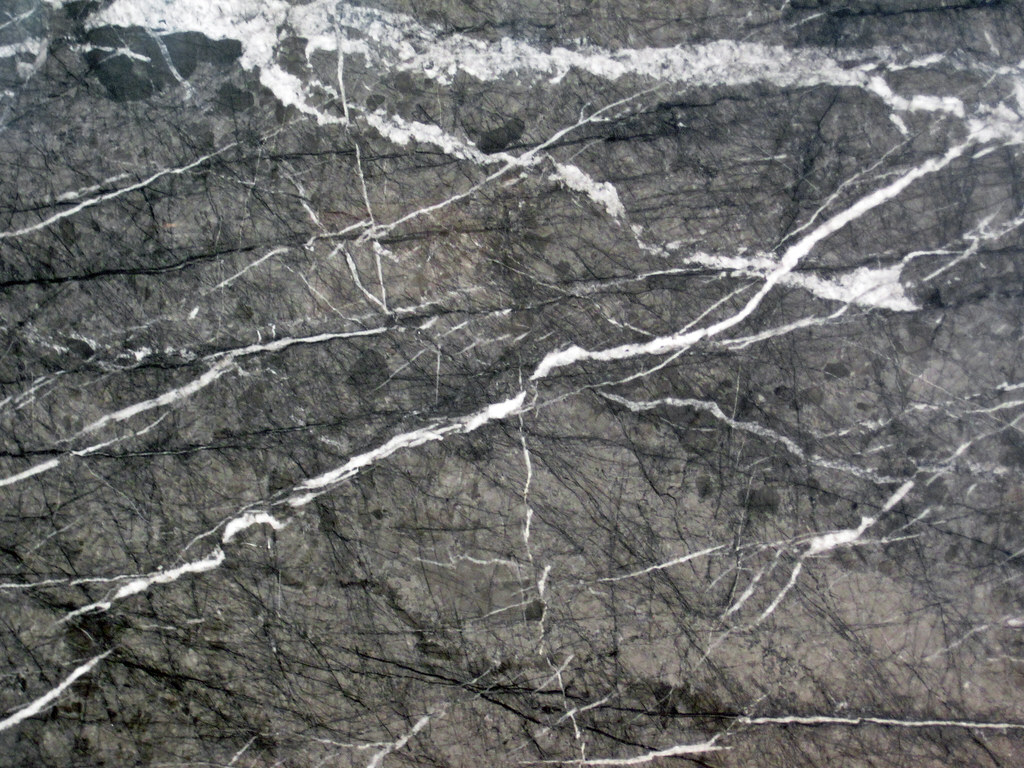Marble has long been admired for its timeless beauty, durability, and ability to transform spaces into luxurious environments. From grand architectural structures to modern-day homes, marble remains a symbol of sophistication. However, over time, this natural stone can lose its luster due to wear, staining, and damage. This is where marble restoration comes in—a process that brings marble back to its original glory.
What is Marble Restoration?
Marble restoration is the practice of repairing, cleaning, polishing, and refinishing marble surfaces to renew their appearance and prolong their lifespan. It involves various techniques and procedures aimed at addressing common issues like scratches, etching, discoloration, and dullness. The goal is to restore the marble’s natural beauty without compromising its integrity.
Why Does Marble Need Restoration?
Despite its durability, marble is a porous material that can absorb stains and be susceptible to scratches. Frequent use in high-traffic areas, exposure to acidic substances, or simply the passage of time can dull its surface, leaving it looking worn and aged. Common problems include:
- Scratches and Scuffs: Whether from furniture, foot traffic, or cleaning equipment, surface-level scratches can accumulate and detract from marble’s polished look.
- Etching: Acidic substances such as lemon juice, vinegar, or certain cleaners can cause etching—dull marks or stains that penetrate the surface of the marble.
- Stains: Due to its porous nature, marble can absorb liquids like wine, coffee, or oil, leading to discoloration.
- Dullness: Over time, regular use can cause the surface to lose its shine, making the marble look dull and aged.
The Marble Restoration Process
The marble restoration process involves several steps, tailored to the condition of the stone. Here’s a breakdown of common restoration techniques:
1. Cleaning
Cleaning is the first step in restoring marble. Professional-grade cleaners and solutions are used to remove dirt, grime, and residue. This step is crucial for preparing the surface for deeper restoration processes.
2. Grinding
If the marble surface has significant scratches, scuffs, or unevenness, grinding is performed. This involves the use of diamond abrasives to remove the damaged surface layer and create a smooth base.
3. Honing
Honing is the process of sanding the marble with finer abrasives to smooth out the stone and eliminate minor scratches and etching. It helps to restore the marble’s uniform appearance.
4. Polishing
Polishing marble involves buffing the surface with specialized powders or pads to achieve a high-gloss finish. This process brings back the shine and enhances the natural beauty of the marble.
5. Sealing
After polishing, the marble surface is sealed with a protective layer to prevent future staining and damage. Sealing helps to maintain the restored surface and prolong its longevity.
6. Crack and Chip Repair
For more severe damage, such as cracks and chips, specialized fillers are used to repair the affected areas, blending them seamlessly with the surrounding stone.
Benefits of Marble Restoration
- Aesthetic Revival: Marble restoration brings back the original sheen and vibrancy of the stone, making it look as beautiful as the day it was installed.
- Cost-Effective: Rather than replacing the marble entirely, restoration is a more affordable way to address issues and extend the life of the stone.
- Preservation of Value: Well-maintained marble can enhance the value of a property, making restoration a wise investment.
- Durability: With proper restoration and care, marble surfaces can last for decades, making it a long-term solution for homeowners and businesses alike.
DIY vs. Professional Marble Restoration
While there are DIY kits available for minor touch-ups, marble restoration is often best left to professionals. Improper techniques or harsh chemicals can further damage the stone, causing more harm than good. A professional marble restoration expert will have the knowledge, tools, and experience to handle all aspects of the restoration process, ensuring optimal results.
Maintaining Marble After Restoration
Once marble has been restored, ongoing maintenance is key to preserving its appearance. Here are some tips for keeping marble surfaces in pristine condition:
- Use a pH-neutral cleaner specifically designed for natural stone to avoid damaging the surface.
- Clean spills immediately to prevent stains from setting into the porous stone.
- Place mats or rugs in high-traffic areas to minimize wear and tear.
- Avoid using acidic or abrasive cleaning products that can cause etching.
- Regularly re-seal the marble to maintain its protective layer and ensure longevity.

